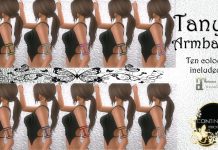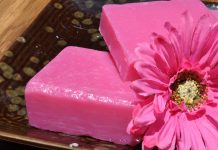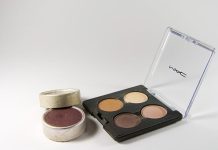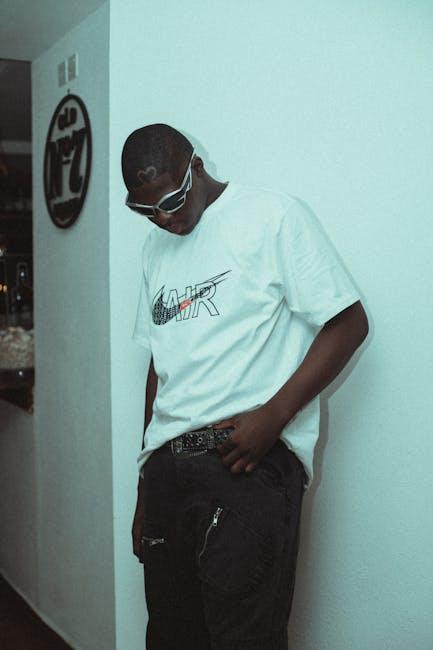In the ever-evolving tapestry of fashion, where bold statements and avant-garde designs often steal the spotlight, a quieter yet equally compelling conversation has been unfolding. Picture a world where the catwalks of Milan and Paris seamlessly blend the daring with the demure, where the pages of glossy magazines celebrate both the audacious and the understated. The question at the heart of this dialogue is not merely about aesthetics, but about inclusivity: ? As we delve into this nuanced topic, we will explore the intersections of cultural identity, personal expression, and the shifting paradigms of beauty. Join us on this sartorial journey as we unravel the threads of modest fashion and its place in the ever-diverse mosaic of contemporary style.
Redefining Fashion: Embracing Modesty in Modern Trends
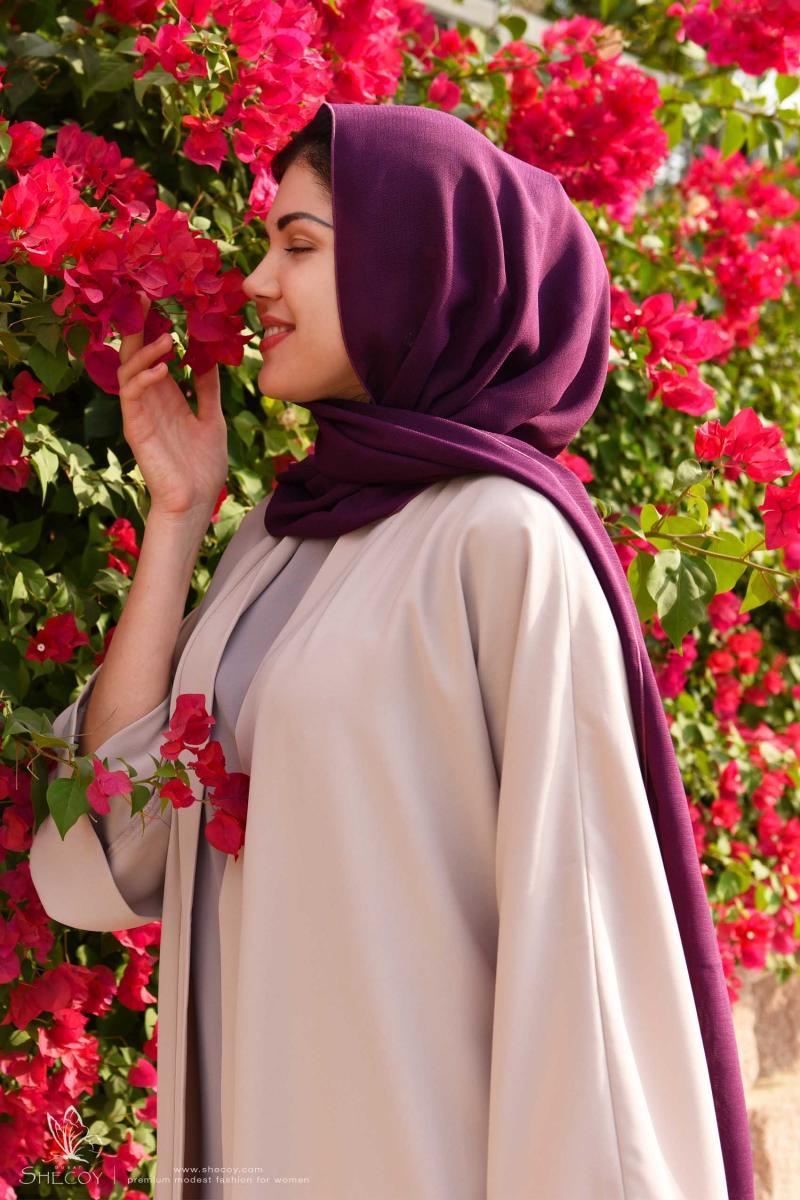
In an era where fashion is synonymous with self-expression, the call for inclusive fashion trends that embrace modest styles is louder than ever. The beauty of modest fashion lies in its ability to offer a versatile and elegant alternative to mainstream trends. This movement is not about rejecting contemporary styles but about creating a space where diverse sartorial choices can coexist.
Consider the advantages:
- Inclusivity: Modest fashion caters to a broader audience, respecting cultural, religious, and personal preferences.
- Timelessness: Modest styles often emphasize classic silhouettes and designs that transcend fleeting trends.
- Empowerment: Offering modest options empowers individuals to dress in a way that aligns with their values without sacrificing style.
By incorporating modest styles into mainstream fashion, the industry can become more inclusive and innovative, celebrating the rich tapestry of global fashion influences.
Exploring Cultural Influences on Modest Fashion Choices
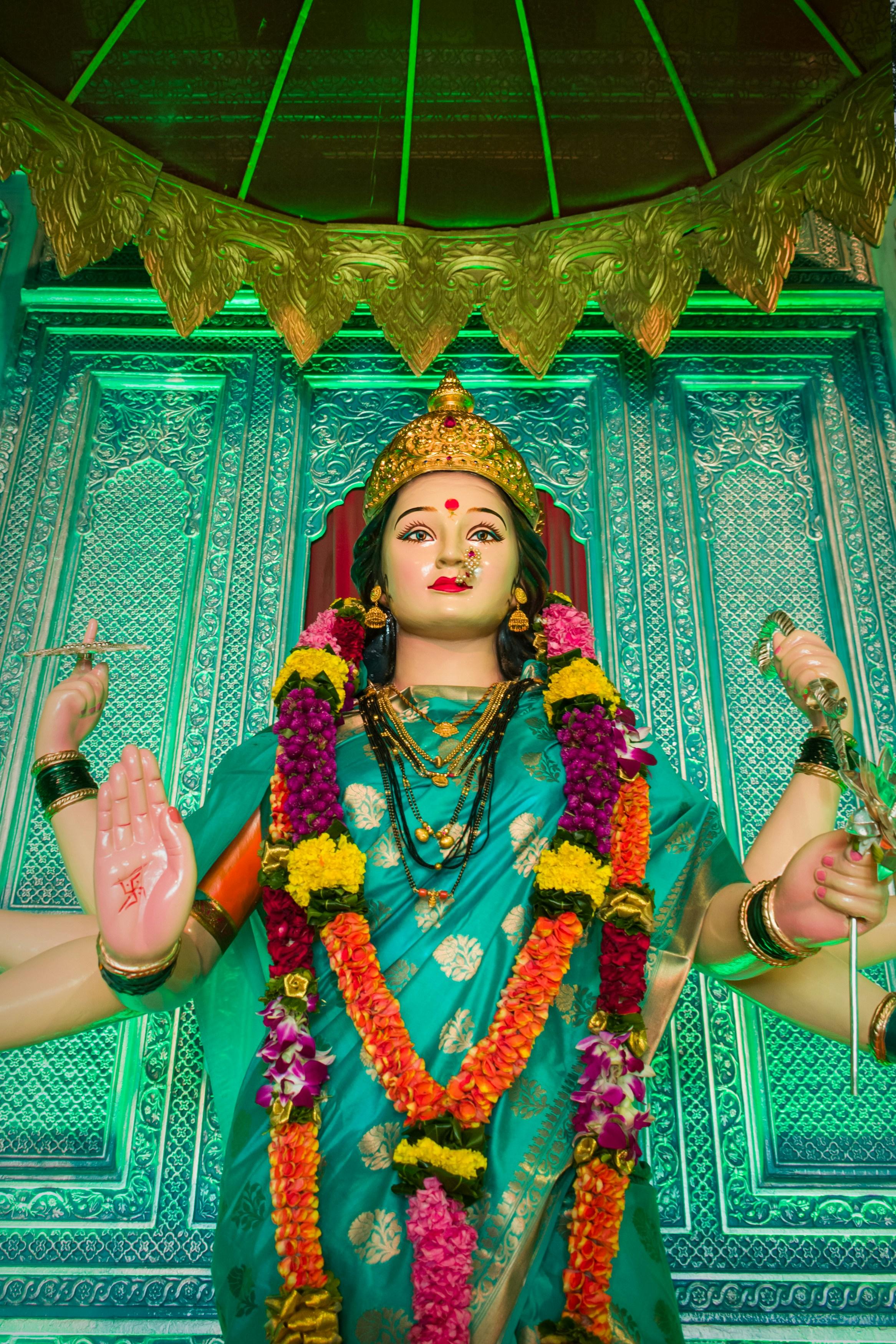
When we delve into the realm of fashion, it becomes clear that cultural influences play a significant role in shaping our sartorial choices. Modest fashion, often guided by religious or cultural values, has long been a part of this diverse tapestry. However, mainstream fashion trends frequently overlook these nuanced preferences. By embracing modest styles, the fashion industry can become more inclusive and reflect a wider array of cultural identities.
- Incorporating modest fashion not only broadens market reach but also respects cultural diversity.
- Designers can innovate by blending traditional modest elements with contemporary trends, creating unique and stylish options.
- Representation matters: Showcasing modest fashion on mainstream platforms empowers those who prefer these styles and fosters a more inclusive fashion narrative.
Balancing Style and Modesty: A Design Perspective
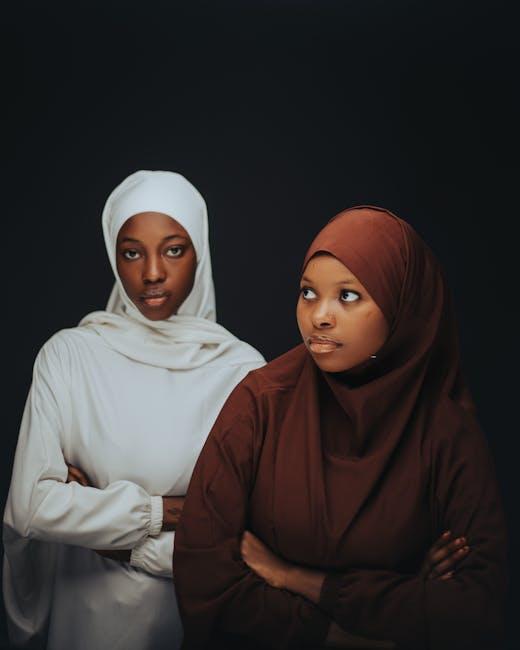
In the evolving landscape of fashion, the quest to merge style with modesty has opened up a world of creative possibilities. Designers are increasingly recognizing that modest fashion doesn’t have to compromise on aesthetics or trendiness. Instead, it offers a canvas for innovation, where intricate patterns, luxurious fabrics, and sophisticated silhouettes come together to create a harmonious blend.
Embracing modest styles within mainstream fashion can cater to a diverse audience and promote inclusivity. Consider the following elements that can elevate modest fashion:
- Layering Techniques: Utilizing various layers can add depth and dimension to an outfit, making it both stylish and modest.
- Statement Accessories: Bold accessories like scarves, belts, and jewelry can enhance a modest look without overshadowing it.
- Rich Textures and Fabrics: Think velvet, silk, and brocade, which can add a touch of elegance and luxury to modest clothing.
- Play with Proportions: Long skirts paired with fitted tops or wide-legged trousers with tailored blouses can create balanced, chic ensembles.
By incorporating these elements, designers can ensure that modest fashion is not only inclusive but also cutting-edge and reflective of contemporary trends.
Inclusive Fashion: Recommendations for Designers and Brands
For fashion designers and brands aiming to embrace inclusivity, there are several strategies to consider. Start by expanding your size range to cater to a diverse body spectrum, ensuring that everyone, regardless of size, feels represented. Consider incorporating adjustable elements like wrap designs, elastic waistbands, and layered pieces that allow for flexibility and comfort.
Another key aspect is the selection of fabrics and colors. Opt for breathable, non-restrictive materials that provide comfort while maintaining modesty. Neutral and versatile color palettes can cater to a wider audience, making it easier for individuals to mix and match within their existing wardrobes. Additionally, prioritize cultural sensitivity by researching and understanding the modest fashion needs of different communities.
- Collaborate with modest fashion influencers to gain insights and authenticity.
- Showcase diverse models in your campaigns to reflect true inclusivity.
- Host focus groups to gather feedback from the modest fashion community.
By integrating these recommendations, designers and brands can create collections that not only follow trends but also respect and celebrate the diversity of modest styles.













